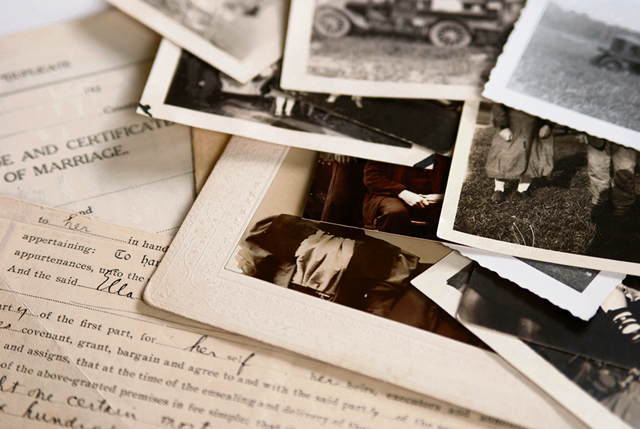
Studies have shown that approximately 17 percent of Americans claim German roots. But, did you know that at least 300,000 emigrants left the Palatinate region with Kaiserslautern right in the heart of it, mainly in the mid to late 1800s? Based on geographical size and population, an area that encompasses the southern part of today’s Rheinland-Pfalz and Saarland, emigrants from the Palatinate region made up the largest group of emigrants in percent in Germany. Some of them became famous caricaturists, businessmen and musicians, while others may have returned to their roots or kept close ties and even supported their hometown communities.
The Institute for Palatinate History and Ethnology (Institut für pfälzische Geschichte und Volkskunde -IPGV) has been based in Kaiserslautern in a picturesque 1900-style villa since the mid 1950s. It has a wealth of information with a wide collection of books, literature and documents ranging throughout centuries of regional history as well as ship manifests with emigrant data.
The collection includes documentation from the early era to Middle Age life and times in the region to historical records of the period of the Thirty-Year-War (1618-1648) when 70 percent of the Palatinate’s population was wiped out. In addition, there are valuable resources to search Jewish traces and lots of history about castles. It also describes the wave of immigration into the region with people coming from Switzerland, Austria, France and Italy making the region an early melting pot of cultures. Various periods of history are documented from Barbarossa, the Electoral Palatinate, the Bavarian reign and the post-war occupation periods.
A large wave of emigration to the New World occurred in the 1800s when many Palatinates left their homes, partially due to poor economic conditions, poverty or social unrest. Complete towns or larger religious groupings such as Mennonites or Huguenots sailed away for religious freedom and a group around Francis Daniel Pastorius founded Germantown, Pennsylvania as early as 1683. Later in time some sought freedom of speech after the German Revolution in 1848/49 and others just wanted to establish businesses and seek their fortunes in the New World.
Thomas Nast, born in Landau became known as a famous American caricaturist, who created the donkey and elephant images for political parties and designed the Uncle Sam illustration. Isidor Straus of Otterberg served as a representative and became co-owner of Macy’s Department store in New York City, while Heinrich Jacob of Mackenbach became famous as “Bill Henry” with his “Headliners” band.
Many of the emigrants from the Palatinate settled in Pennsylvania with similar climate conditions and fertile soil, and maintained their homeland dialect, which came to be known as Pennsylvania Dutch. It is said that about 100,00 Pennsylvanians still speak the language of their forefathers. A newspaper called “Der Pfälzer in Amerika” was founded in New York in 1880 by the brothers Voelcker from Edenkoben.
The paper was intended to keep immigrants informed about their homeland from 1884-1917. Original copies of the original newspaper are kept at the IPGV archives. Another paper entitled “Hiwwe wie driwwe” was established in the 1990s and published in Palatinate dialect. In addition, the County of Kaiserslautern has enjoyed close ties to Lancaster County, Pennsylvania for sixty years.
The institute not only has records of about 300,000 emigrants and a data base is currently being developed to simplify genealogical research for the public interested in tracing their roots. The data base holds information about family names, parents, siblings, children and other kin, towns of origin to places of immigration and even possible return.
It also collects original handwritten letters from emigrants to their families at home, has documents about original floor plans and how certain streets were named in cities or towns, who properties belonged to and has a library with 30,000 books.
The institute is currently working on further projects such as Palatinate customs and traditions, forced labor during World War II and early women’s movements. It is also planning to offer a type of open house event later in the year with further information to be announced.
The work of the IPGV rests on the pillars of research, education and consultation. It has its own publishing house with a scientific series, houses its own research library and holds collections of cultural-historical interest items. The friendly staff is happy to assist in genealogical or historical research and the library is open to the public on Tuesdays and Thursdays from 9-12 a.m. Individual appointments can also be booked at info@institut.bv-pfalz.de. For more information, visit: https://www.pfalzgeschichte.de/de/


